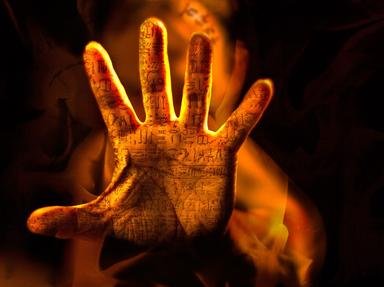Quiz Answer Key and Fun Facts
1. A is for "...eh?"
Which woman, known for being famous and little else, once inexplicably elevated herself to the most exalted of company when she said, "There's nobody in the world like me. I think every decade has an iconic blonde, like Marilyn Monroe or Princess Diana and, right now, I'm that icon"?
2. B is for bee.
Which of the following is a description of the difference between drones and workers among honey bees?
3. C is for sea.
The seven seas are perhaps just a figure of speech but they may have once been a specific set of seas referred to by sailors of yore. One theory is that the phrase came from the Phoenicians, who split the large body of water on which they lived into seven seas, among them the Ionian, the Ligurian and the Adriatic. By what name is the larger body of water that contains these seas known?
4. D is for Dee.
Re-introduced to a younger generation with a namecheck in a song title from "Grease", which Dee actress was once married to crooner Bobby Darin?
5. I is for eye.
Why is the red-eye effect more pronounced in pictures of children than in adults?
6. M is for em.
In typography, the em-dash was traditionally measured as the width of the capital M of the font being displayed and was embossed on an em-quad for insertion in a printing press. This em-quad also had another name, a somewhat woolly but also meaty name. What was it called?
7. O is for eau.
Which French mineral water had to be withdrawn worldwide in 1990 after traces of benzene were found in its trademark green bottles?
8. Q is for queue.
The queue is a hairstyle that was worn by men that consisted of a long braided ponytail and a shaved head from the temples forward. In one country the ruling dynasty considered this hairstyle so important that it was considered treason, punishable by death, for a man not to be wearing it. Which country repealed this law in the early 20th century?
9. T is for tea.
The English are known for their love of tea and it is often assumed that tea reached Europe thanks to the British empire. However, it was another European country that introduced tea to Britain when King Charles II married Catherine of Braganza. From which country did Catherine bring the tea-drinking culture to Britain?
10. Y is for Wye.
Travelling from the mountains to the sea across more than 200 km, making it the fifth longest river in the country, the River Wye forms part of the border between which two countries?
Source: Author
Snowman
This quiz was reviewed by FunTrivia editor
Pagiedamon before going online.
Any errors found in FunTrivia content are routinely corrected through our feedback system.

